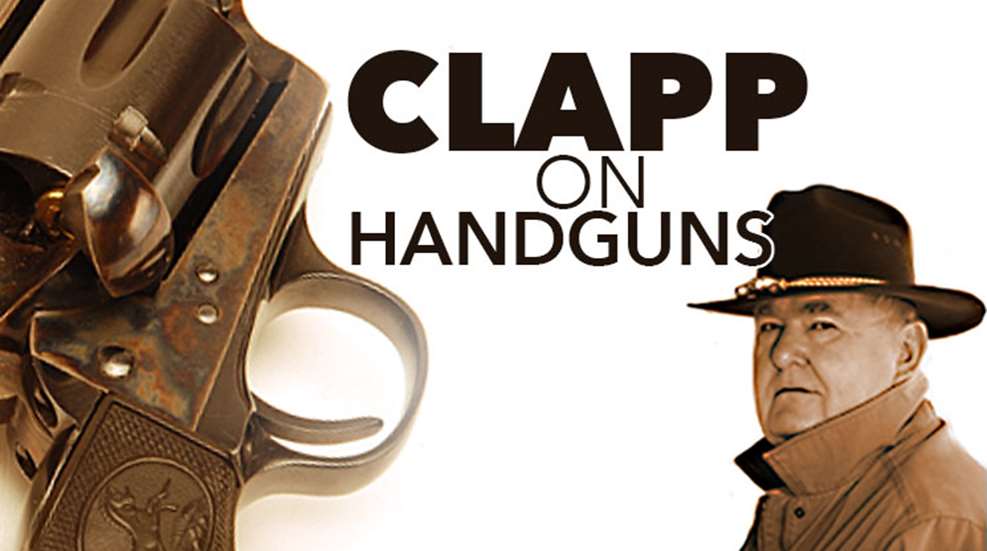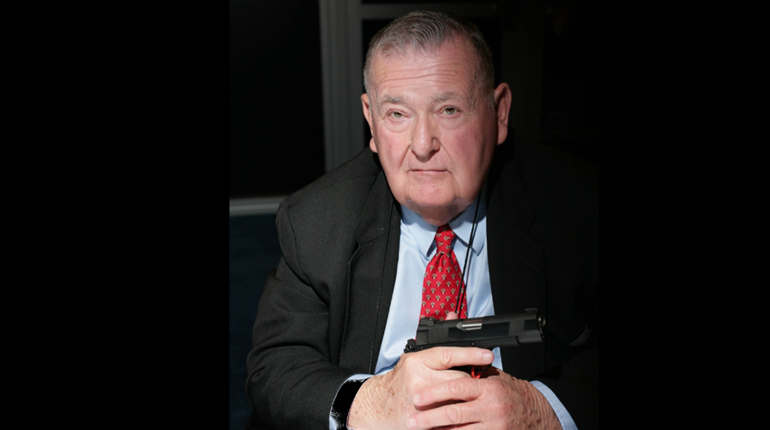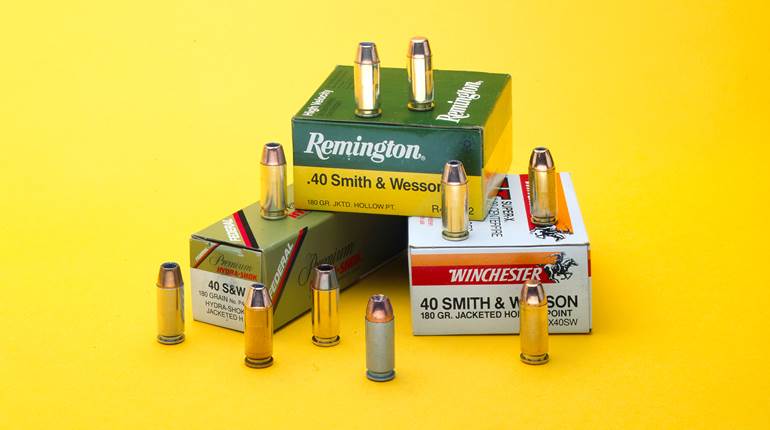
A reader was interested in a 9 mm/.357 Sig comparison after I discussed the 9 mm cartridge versus the newer .40 S&W. In the 9-to-40 comparison, we have a smaller, lighter bullet versus a slower, heavier one. The bigger, heavier bullets of the .40 S&W have already established a good reputation for fight-stopping performance. But a typical pistol will hold a few less of them than a comparable-sized 9 mm auto. I think that adequate capacity of more effective 40s renders the 9 mm’s advantage in both capacity and velocity a very moot point. Still, the 9 mm has some advantages in easier shooting and training, as well as lower cost and longer gun life.
To compare the 9 mm to the .357 Sig is an entirely different ball game. First used by the German Navy in 1904, the 9 mm Luger (or Parabellum, etc.) has a long service history and is probably the most widely used pistol cartridge in the world. The little round came into its own in the 70s when modern JHP ammo was developed. Capable of good velocities, particularly with lighter bullets, the 9 mm cartridge is made for dozens of pistol designs. Although made with typical 115-grain bullets for many years, the most commonly used 9 mm Luger bullet today weighs 124 grains. Heavier 147-grain JHPs are becoming more popular.
The .357 Sig is a recent cartridge that has one characteristic exactly like the 9 mm Luger-it uses the same 124- and 147-grain bullets. Despite the name, the actual bullet diameter is 9 mm (.355 inches). It differs in that it is uses a bottlenecked case developed from the .40 S&W. Among other advantages, this means the gun’s breech dimensions and magazines are the same as the .40’s. Building a gun is usually no more complicated than installing a .357 Sig barrel in a .40 S&W pistol. With greater case capacity of modern powders, the .357 Sig is a very hot number. I have heard reports of accelerated gun wear.
There is an enormous array of 124-grain ammo in 9 mm, including some +P and +P+ that is extra hot. The average velocity for all loads at this weight is about 1,100 fps. Now look at the average velocity of an admittedly smaller assortment of .357 Sig ammo using bullets of the same weight. It is approximately 1,350 fps. In other words the typical 125-grain JHP load travels 250 fps faster in a 357 Sig than in a 9 mm Luger. In the 147-grain bullets, the 9 mm drives bullets to about 1,000 fps, while the .357 Sig does about 1,225, some 125 fps faster. There is a clear speed advantage to the Sig, not at all surprising in view of the larger case capacity.
When you crunch the numbers through the formula that calculates kinetic energy, the 9 mm gets approximately 336 ft.-lbs. for 125s and 326 for 147-grain slugs. The .357 Sig is way ahead at 506 ft.-lbs. for 125 grainers and 490 for the 147-grain bullets. Inescapably, the .357 Sig is a much more powerful cartridge.
That does not make it a better cartridge. It recoils strongly, has lesser capacity in same-size guns and may be hard on guns. Using it skillfully takes practice and familiarity. These are pretty subjective matters, which prompts the observation that if you can handle the .357 Sig, it is an automatic pistol cartridge that wildly out-performs the 9 mm Luger and even equals the legendary .357 Mag.-when the latter is using 125-grain bullets.





































